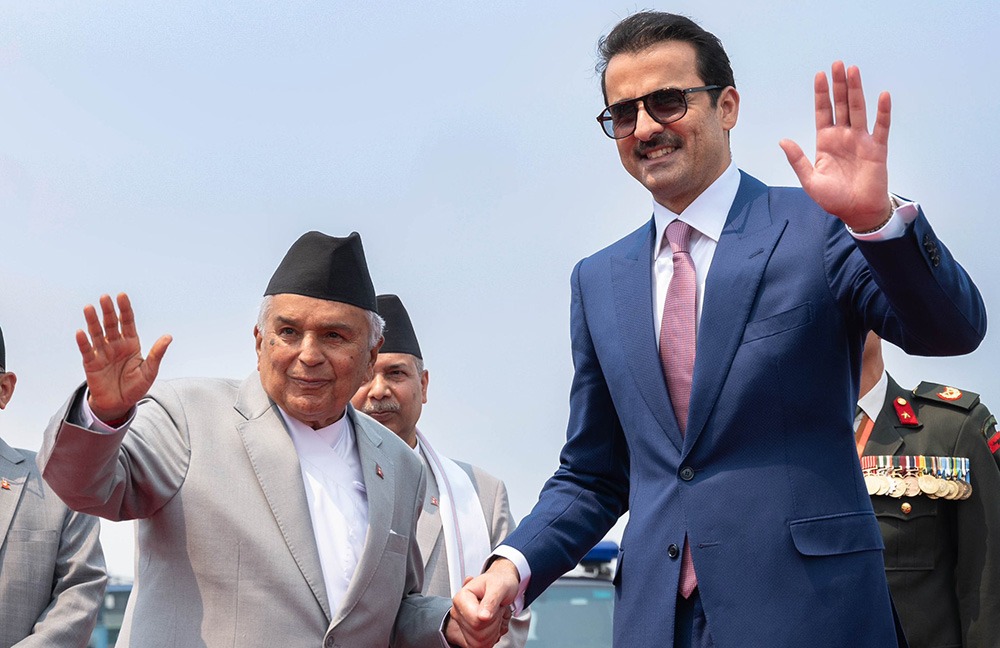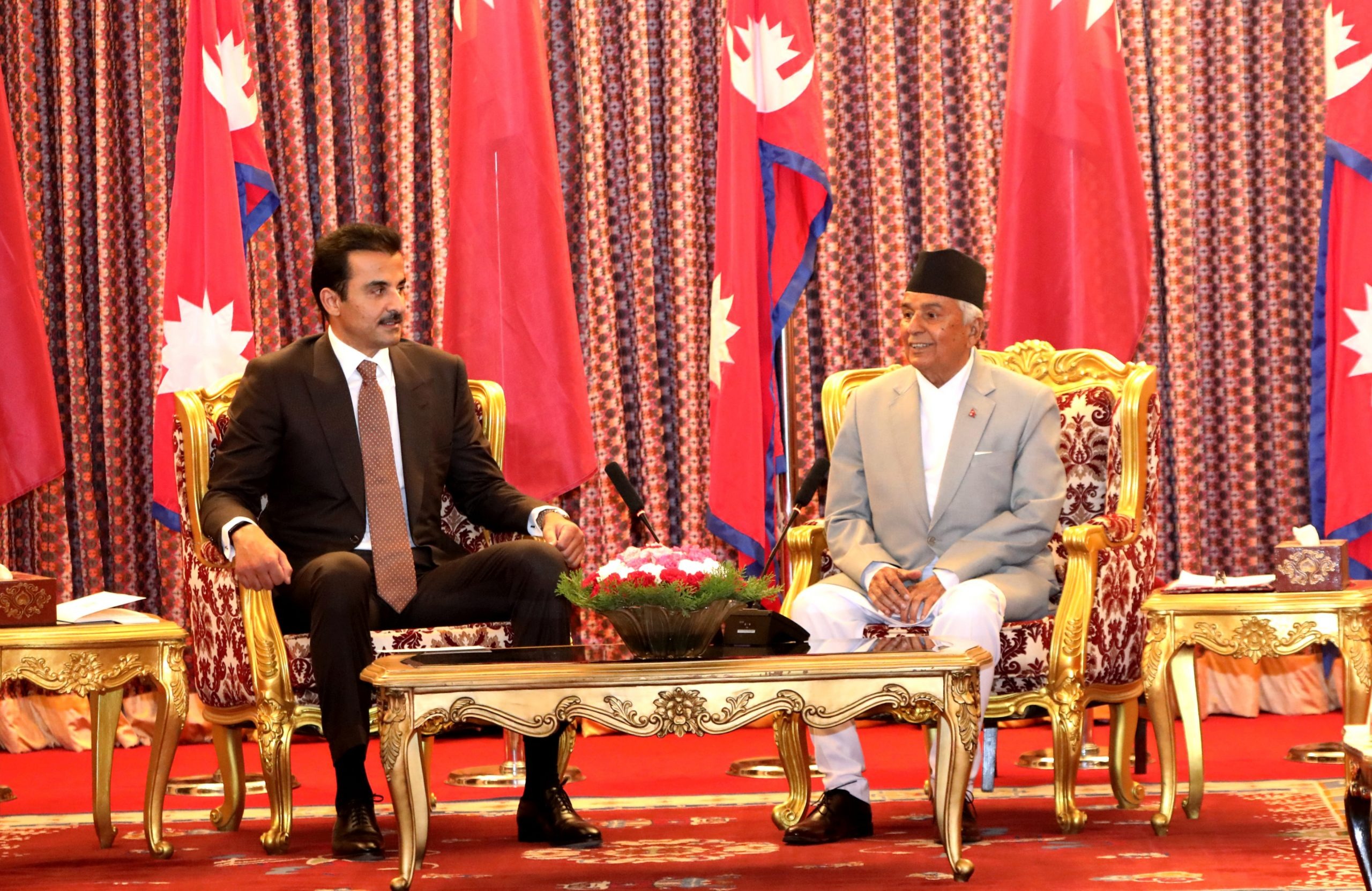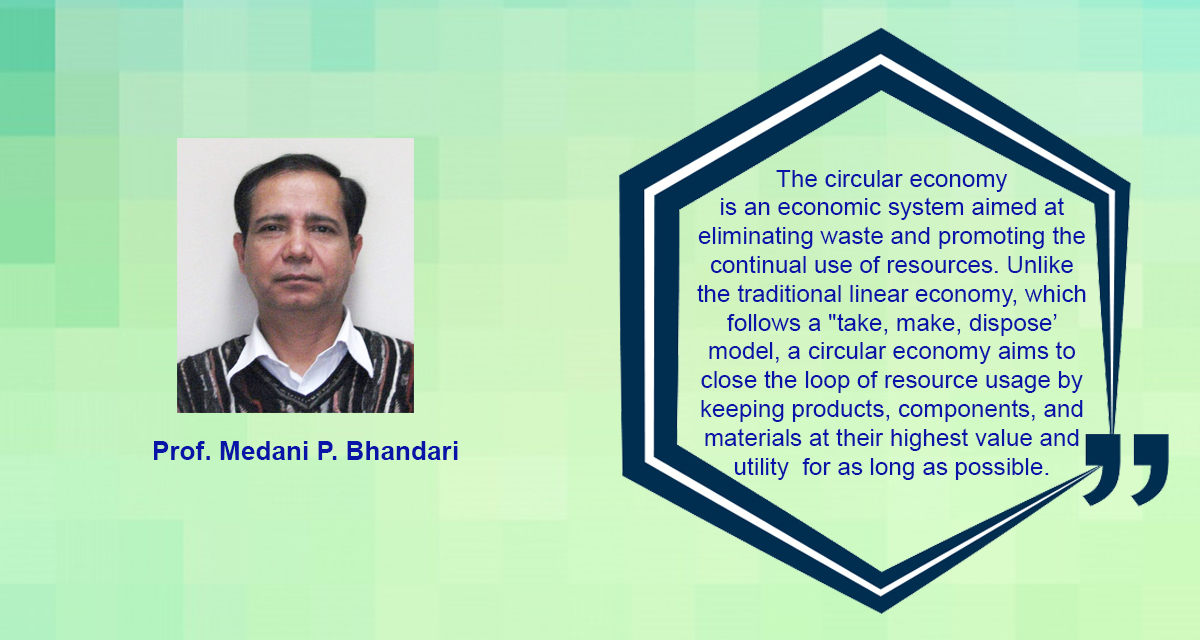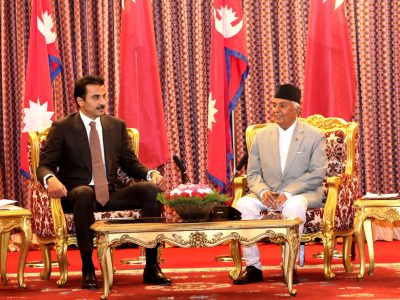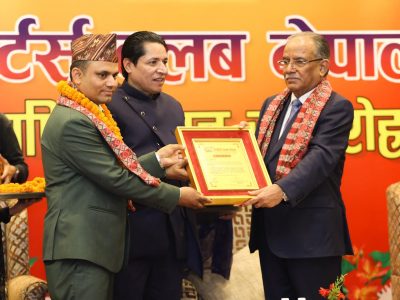The Union Territory of Ladakh: The point of dispute between India and China
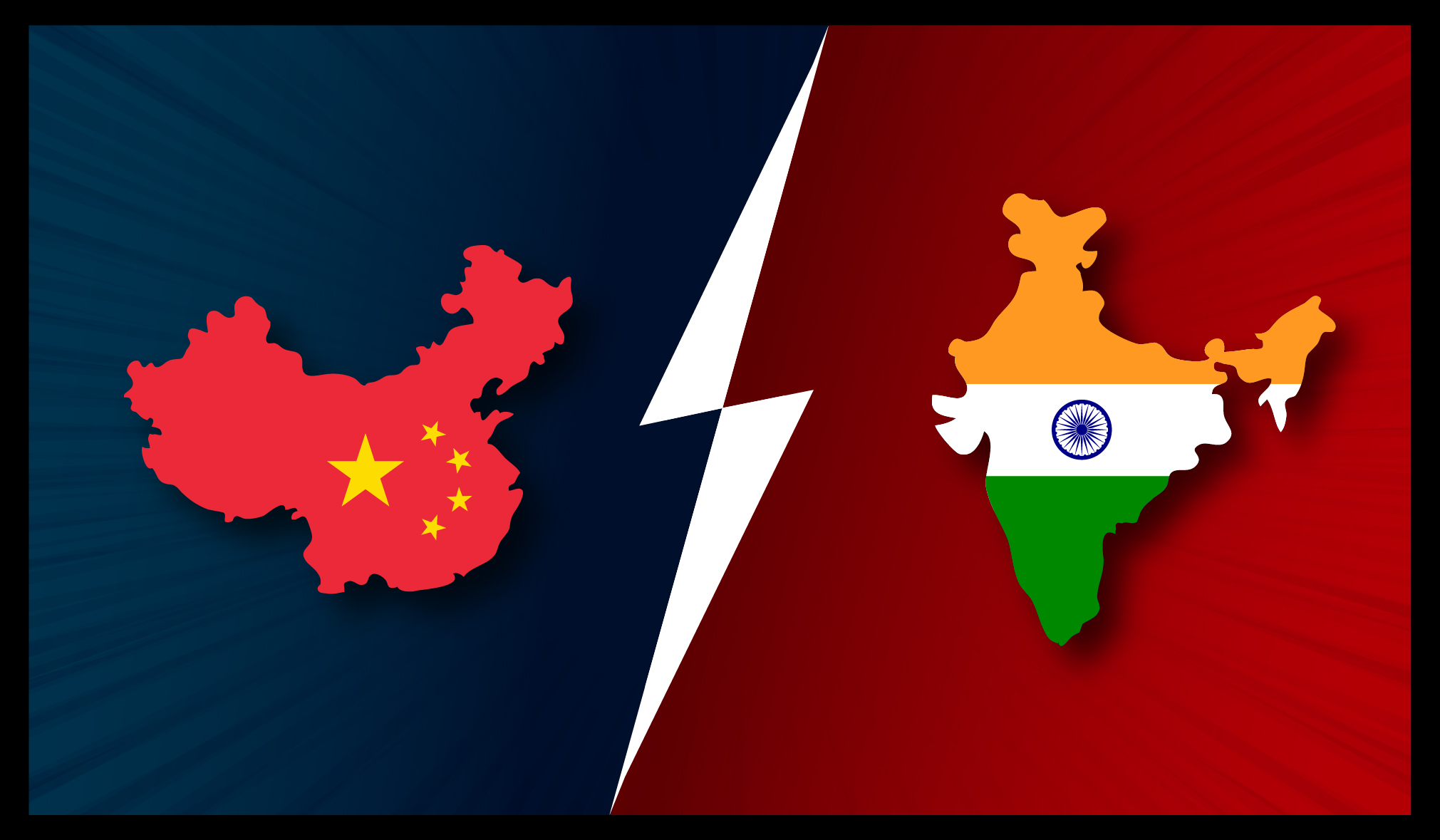
Kathmandu. The Line of Actual Control (LAC) is rife with tension as China and India engage in a military stand-off. The fact that China has maintained its stand on its assertion that the Union-territory of Ladakh is “illegally established” has not helped cool Indian tempers. Iterated repeatedly by Zhou Enlai in his correspondences with Jawaharlal Nehru, the Indian perspective has in turn remained stern in its claims that it neither recognizes China’s stance on the matter nor does it welcome its interference on the subject.
What is a Union Territory and why does it matter?
The Republic of India currently has nine Union territories: Andaman and Nicobar Islands, Chandigarh, Dadra and Nagar Haveli and Daman and Diu, National Capital Territory of Delhi, Jammu and Kashmir, Lakshadweep, Ladakh and Puducherry. This is understood in difference to a state that has a separate elected government, with the right to frame its own laws, under the Indian constituency. India has 28 states that and each of the administration has certain autonomous capabilities.
The idea was introduced in the seventh amendment of the Indian Constitution that enacted the States Reorganization Act of 1956, and formally established the distinction between the concept of a Union territory and a state. The nation was divided into 14 states and 6 union territories, that did not include Ladakh. The Union territories as per the legislation is directly “administered and controlled” by the Central government of India, through an administrator that is appointed by the President.
Many changes have been made since the Act was implemented in 1956, as states have been been added and reorganized through the years.
When did Ladakh become a Union Territory (UT)?
Before Ladakh gained the status of a Union territory, it was included within the state of Jammu and Kashmir. Ladakh had long since expressed its desire to separate from the latter, in the face of the problems and constraints experienced by the overall region. On August 5, 2019, in a move that was considered to be highly controversial, the current government of India revoked Article 370 that had provided the territory of Jammu and Kashmir with the rights to administer its own laws, except on issues of “defense, communication and foreign affairs.”
Regardless of the political motivations and the underlining discontent, two separate Union territories were formed with a significant difference. While the former has its own legislature, Ladakh does not. Only three Union territories have their own legislature: Puducherry, Delhi and now Jammu and Kashmir, which basically means that they can send their representatives to Rajya Sabha (Upper House) unlike the other UTs that can only be represented in the Lok Sabha (Lower House). This basically entails that the Centre will have a much greater role to play in Ladakh.
Phunchok Stobdan, a former ambassador and the founding president of the Ladakh International Centre in Leh had stated that, “Ladakh shares its borders with both China and Pakistan, and cannot be allowed to drift against the current context of destabilising forces in the state.”
The Centre, subsequently, released a new map of the UT of Ladakh in November 2019, where it included Aksai Chin, that is under Chinese administration, within the scope of its jurisdiction. In doing so, it reiterated its position with regards to the disputed territories with China.
China’s dismissal of it all, and India’s stand
Beijing has labelled both the revocation of Article 370 and the establishment of the Union territory as illegal, and has further claimed that the move was an infringement on its sovereignty.
The reason for China’s claim rests on its repeated avowal of the 1959 stand, whereby it does not consider the McMahon line as a valid point of demarcation of the territories of the two countries, and regards Aksai Chin as a part of China. The Foreign Minister of China Wang Yi, in speaking to India’s Foreign Minister Subrahmanyam Jaishankar, had commented that the map “involves Chinese territory,” and “has posed a challenge to China’s sovereignty and violated the two countries’ agreement on maintaining peace and stability in the border region.”
To this the spokesperson for the Ministry of External Affairs in India, Anurag Srivastava said that “India has never accepted the so-called unilaterally defined 1959 LAC. This position has been consistent and well known, including to the Chinese side.” He made a note of the several agreements between the countries, that have regulated the commitments to address the border issues, in trying to reach towards a “common understanding.” He also stated that Beijing has constantly and unilaterally defined the LAC and has refused to hold concrete talks on the matter. After the Working Mechanism for Consultation & Coordination on India-China Border Affairs (WMCC) held discussion on disengaging troops at the LAC, Beijing prioritized its stance on the issue once again.
Yesterday, the spokesperson for the foreign ministry of China, Zhao Lijian posited, “First, China doesn’t recognize the so-called “Ladakh Union Territory” illegally set up by India or the “Arunachal Pradesh”, and opposes infrastructure building aimed at military contention in disputed border areas. Based on the consensus reached by the two sides recently, neither side should take any action that might complicate the situation at the border region, so that bilateral efforts to ease tension will not be undermined.”
This statement comes a day after India inaugurated 44 strategically important bridges along the borders of Ladakh, Arunachal Pradesh, Sikkim, Himachal Pradesh, Uttarakhand, Punjab and Jammu and Kashmir. Prime Minister Narendra Modi has also previously inaugurated the “Atal Tunnel” on October 3, and several experts have denoted its significance in the ongoing conflict with China.
With the build-up of state militaries around the area, there has been an emerging fear that the stalemate in Ladakh may lead to it becoming the “new Kashmir.” This has been a long-standing point of disagreement between the nations. Recent disengagement dialogues have been followed by statements pouring in about claims on the disputed territories, and this has only served to create further discontent and unease in the conduct of the bilateral relations.
Facebook Comment
latest Video
Trending News
- This Week
- This Month



